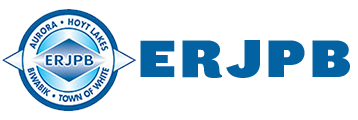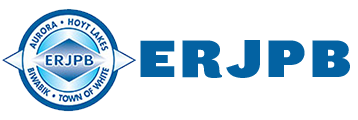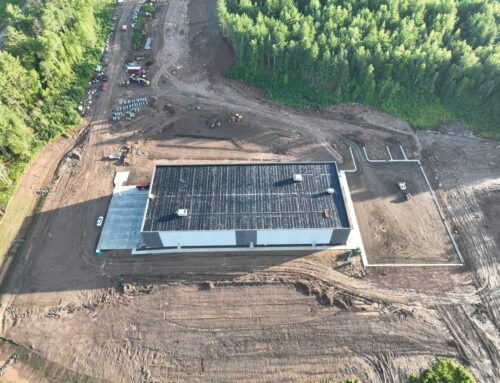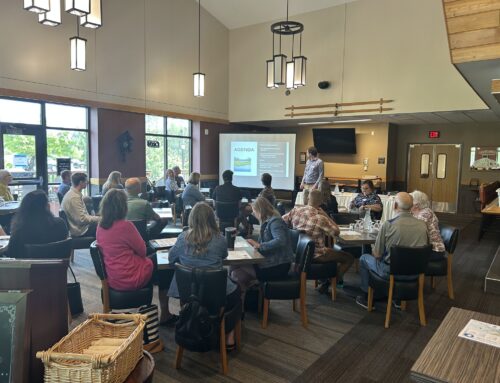In December 2022, the Department of Employment and Economic Development awarded a Border to Border grant to Mediacom to bring broadband service to the Scenic Acres portion of the Town of White, along with substantial portions of Biwabik Township.
The Border to Border program provides financial resources that help make the business case for new and existing providers to invest in building broadband infrastructure for unserved and underserved areas of Minnesota. With funding from the program, Mediacom’s Esquagama Lake project will:
- Serve 306 unserved households, 62 underserved households, three unserved community anchors, and four unserved businesses in Biwabik Township
- Improve unserved/underserved levels to 2,000 megabits per second download and 1,000 megabits per second upload, exceeding Minnesota’s 2026 state speed goals
The project emerged from a highly competitive process and received $821,758 from the state, which will leverage over $1.2 million in local match from the Department of Iron Range Resources and Rehabilitation and other partners.
“Building a Fiber-to-the-Premise network that provides advanced, high-speed broadband services to households, businesses and farms in the proposed grant area improves access to critical services such as distance learning applications, access to advanced healthcare options through telehealth, and increases the economy through the attraction of new industry and the ability of remote work,” states the grant’s Esquagama Lake project writeup.
Access to fast, reliable internet service has become essential for residents and businesses to succeed, and this trend has only accelerated in recent years. Service on the East Range remains inconsistent, and marketing the area successfully requires the fastest available speeds across the region. As technology improves and standards for acceptable service change, the goal is to make high-quality internet connectivity on the East Range as ubiquitous as possible.
“Some areas are not eligible for broadband funding because, on paper, it looks like they have internet access,” said ERJPB’s Northspan staff consultant Karl Schuettler. “However, the state’s measurement criteria is sometimes based in part on incumbent providers’ inaccurate service claims. The reality is that these areas are not able to fully take part in the digital economy.”
To prepare for grant funding, several years of community planning and feasibility work collected information on demand and feasibility for network buildouts. This included a research effort to conduct speed tests, accurately measure internet connectivity levels, and assess costs for building out the network. The findings revealed gaps in service and identified priorities areas that set a foundation for attracting provider interest and connecting harder-to-reach homes.
With all of this information in hand, the region was well-positioned to work with providers as they pursued broadband grant funding.
ERJPB also participated in the Blandin Broadband Communities program, a partnership to support connectivity through multiple community projects. Funding through this program supported the feasibility study by NEO Partners for a larger region of St. Louis County, which saw multiple grants awarded by the state in 2022, and a series of smaller, more immediate projects.
Thanks for your support! We’ll continue to update you on broadband progress. Contact Karl Schuettler for further information.






